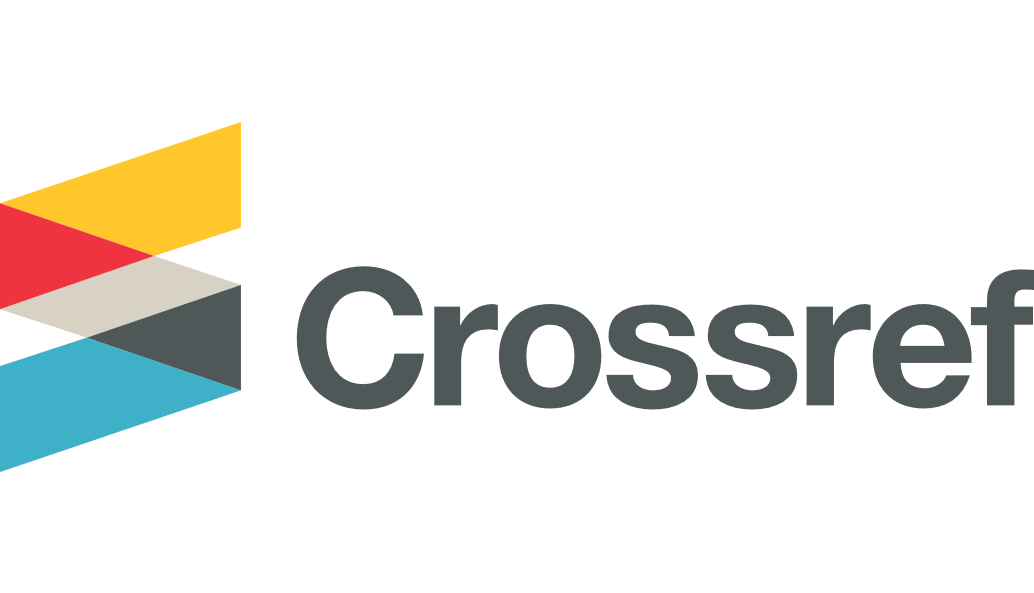Keywords
Atrial fibrillation (AF), Accessory Pathway (AP), Radio-frequency ablation, Anti-coagulation therapy, Anti-arrhythmic therapy.
Disciplines
Medicine and Health Sciences
Abstract
Atrial fibrillation (AF) management is every day healthcare practice at the emergency department, in-patient setting, and out-patient setting. It is a priority to identify and treat reversible causes of AF before committing the patient to an unnecessary lifelong medical regimen that may include antiarrhythmics and anticoagulants. We report a case of middle age patient with recurrent episodes of AF triggered by a concealed accessory pathway, he was on Rivaroxaban and Sotalol for years, then later successfully treated with catheter ablation of the accessory pathway. A 48 years old white Caucasian male with history of recurrent episodes of AF, he was initially treated with Rivaroxaban, Sotalol, and underwent electrical cardioversions for four times. He eventually had a successful catheter ablation after comprehensive electrophysiological study had revealed a concealed Accessory Pathway (AP), he is currently off Rivaroxaban and Sotalol. This case highlights the importance of detection and treatment of the reversible causes of atrial fibrillation in young and middle aged patients. By applying this practice, physician will be able to avoid the unnecessary use of anticoagulation and anti-arrhythmic therapy in young and middle age group of patients.


